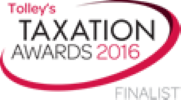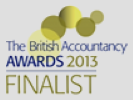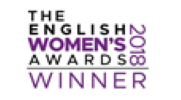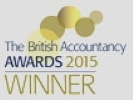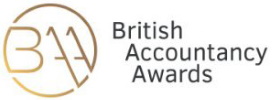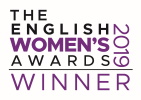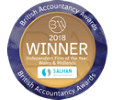Employers who have not already done so are reminded to claim a £2,000 reduction in their national insurance bill.
From April 2014, an estimated 1.25 million business and charity employers have been able to claim the Employment Allowance. The allowance is set against the employer’s Class 1 national insurance contribution (NIC) each time they run their payroll or until the tax year ends – whichever is soon – until the maximum £2,000 entitlement is used up.
Figures released by HM Revenue & Customs (HMRC) in November for the first six months of the scheme showed that 856,000 employers had claimed the allowance, just over two-thirds (68 per cent) of those eligible.
Although the end of the tax year is approaching, and employers may be running out of NICs to offset against the allowance, HMRC says: “You can claim at any time in the tax year. If you claim late and don’t use your full Employment Allowance entitlement, you’ll have to ask HMRC to do one of the following:
- use any allowance that’s left at the end of the year to pay any tax, national insurance or VAT you owe
- give you a refund after the end of the tax year if you don’t owe anything.”
Retrospective claims can also be made. HMRC says: “You can make a claim up to 4 years (from the tax year 2014 to 2015 only) after the end of the tax year in which the allowance applies.
“For example, you want to make a claim for the Employment Allowance for the tax year 2014 to 2015. The tax year ends on the 5 April 2015, you must make your claim by the 5 April 2019.
“If you send your claim one year after the tax year has ended, your claim will continue into the current tax year, unless you already have a claim for the Employment Allowance in place that year.”
Once a claim for Employment Allowance has been made, HMRC will automatically carry this forward each tax year.



